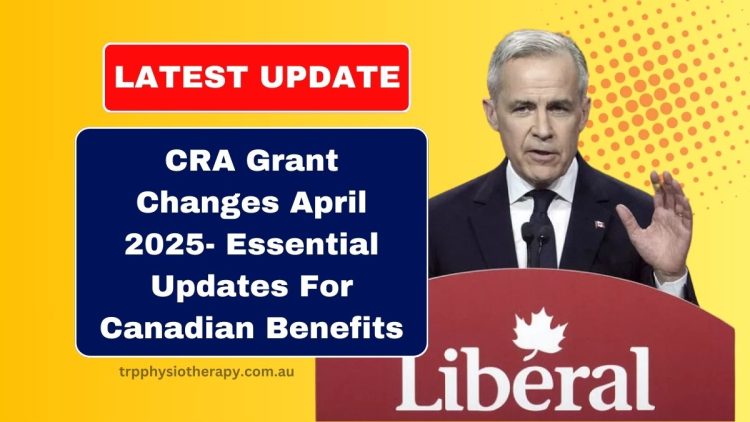In April 2025, the Canada Revenue Agency (CRA) introduced significant changes to various grant and benefit programs aimed at supporting Canadians amid rising living costs.
These adjustments encompass increases in benefit amounts and modifications to eligibility criteria, ensuring that financial assistance aligns with current economic conditions.
1. Canada Pension Plan (CPP) Enhancements
The CPP has undergone a 4.4% increase to better support retirees. The maximum monthly payment for individuals starting at age 65 is now $1,433.
This enhancement is part of the ongoing CPP enhancement program, which aims to provide higher retirement income to Canadians.
2. Old Age Security (OAS) Adjustments
For the period from January to March 2025, the maximum monthly OAS payment was $727.67 for individuals aged 65 to 74, and $800.44 for those aged 75 and older. These amounts are reviewed quarterly to account for inflation and rising living costs.
3. Canada Child Benefit (CCB) Updates
The CCB provides tax-free monthly payments to eligible families to assist with the cost of raising children under 18. As of April 2025, the maximum annual benefit is $7,437 per child under 6, and $6,275 per child aged 6 to 17.
Payments are income-tested, with higher benefits for families with lower incomes.
4. Canada Workers Benefit (CWB) Changes
The CWB is a refundable tax credit that provides financial relief to low-income individuals and families who are in the workforce.
In April 2025, the maximum annual benefit amounts have been adjusted to account for inflation, ensuring continued support for eligible workers.
5. Climate Action Incentive Payment (CAIP) Transition
The CAIP, formerly known as the Climate Action Incentive Payment, was designed to offset the federal carbon tax.
However, with the federal carbon tax being eliminated after April 1, 2025, the final CAIP payment will be issued starting April 22, 2025.
To receive this payment, individuals must have filed their 2024 income tax and benefit return electronically by April 2, 2025.
6. Eligibility Criteria for CRA Benefits
To qualify for these benefits, individuals must meet specific criteria:
- Age Requirements: Certain benefits, such as CPP and OAS, have age-specific eligibility.
- Residency and Citizenship: Applicants must be Canadian citizens, permanent residents, or legal residents who have resided in Canada for a specified number of years.
- Income Status: Benefits like the CCB and CWB are income-tested, providing higher support to lower-income families and individuals.
- Tax Filing: Timely and accurate tax filings are essential for benefit eligibility and calculation.
7. Application Process for CRA Benefits
Most CRA benefits are automatically assessed based on tax filings. To ensure eligibility:
- Register Online: Create an account on the CRA’s official website to manage benefits and receive updates.
- File Tax Returns: Submit annual tax returns on time, even if there is no income, to maintain benefit eligibility.
- Provide Accurate Information: Ensure all personal and financial details are current to prevent delays or issues with benefit payments.
The CRA grant changes for April 2025 reflect the Canadian government’s efforts to support citizens amidst rising living costs.
With increased benefits across multiple programs such as CPP, OAS, CCB, and CWB, these updates aim to improve the financial well-being of eligible Canadians.
FAQs
Will the elimination of the federal carbon tax affect my CAIP payment?
Yes, the federal carbon tax elimination means the CAIP will be discontinued after April 2025. Ensure you file your 2024 tax return by April 2, 2025, to receive the final payment.
How can I confirm my eligibility for the enhanced CPP and OAS payments?
Eligibility is primarily determined through your tax filings and age. Log into your CRA My Account or contact Service Canada for personalized information.
Are there any new benefits introduced in April 2025?
While there are no entirely new benefits, existing programs like the CCB and CWB have seen adjustments to better support Canadians.

